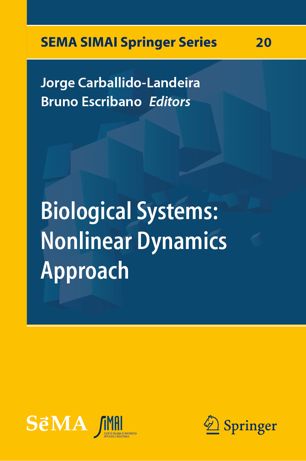

Most ebook files are in PDF format, so you can easily read them using various software such as Foxit Reader or directly on the Google Chrome browser.
Some ebook files are released by publishers in other formats such as .awz, .mobi, .epub, .fb2, etc. You may need to install specific software to read these formats on mobile/PC, such as Calibre.
Please read the tutorial at this link. https://ebooknice.com/page/post?id=faq
We offer FREE conversion to the popular formats you request; however, this may take some time. Therefore, right after payment, please email us, and we will try to provide the service as quickly as possible.
For some exceptional file formats or broken links (if any), please refrain from opening any disputes. Instead, email us first, and we will try to assist within a maximum of 6 hours.
EbookNice Team

Status:
Available5.0
9 reviewsThis book collects recent advances in the field of nonlinear dynamics in biological systems. Focusing on medical applications as well as more fundamental questions in biochemistry, it presents recent findings in areas such as control in chemically driven reaction-diffusion systems, electrical wave propagation through heart tissue, neural network growth, chiral symmetry breaking in polymers and mechanochemical pattern formation in the cytoplasm, particularly in the context of cardiac cells.
It is a compilation of works, including contributions from international scientists who attended the “2nd BCAM Workshop on Nonlinear Dynamics in Biological Systems,” held at the Basque Center for Applied Mathematics, Bilbao in September 2016. Embracing diverse disciplines and using multidisciplinary approaches – including theoretical concepts, simulations and experiments – these contributions highlight the nonlinear nature of biological systems in order to be able to reproduce their complex behavior. Edited by the conference organizers and featuring results that represent recent findings and not necessarily those presented at the conference, the book appeals to applied mathematicians, biophysicists and computational biologists.